This is a summary of ancient Persian social life.
The Early Iranians followed the teachings of Zarathushtra. They understood the universe and the forces involved. They made good rules which were known as Khash Atra Vairya and progressed without going against nature. They used the knowledge not for personal gains but for the mutual benefit of mankind.
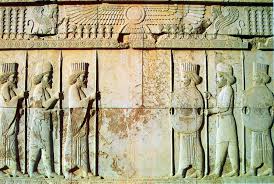
The Iranians were busy improving the lifestyle of the ancient civilizations now included in their Empire. They had to educate them and slowly and steadily make them realize the meaning of life and its purpose, which was embodied in the teachings of Asho Zarathushtra.
Life in Ancient Persia
The Iranians did not believe in monuments and temples because their God was not a statue, nor did they live in temples. The Persians neither built temples nor altars nor statues of gods.’ The conquest of Elam, Babylon, and Assyria by Kurosh left thousands of sculptors and builders jobless. The Iranians did not destroy temples but at the same time, they did not build any new ones.
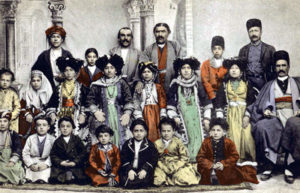
The Persians were believed to have introduced rice into Mesopotamia, pistachio nuts into Syria and sesame into Egypt. They introduced the science of manufacturing linen from flax, which was otherwise used to abstract oil only. They further also introduced fruits and vegetables throughout the Empire, wherever the right environment existed for them but was unknown to the local population.
Ancient Persian Daily Life
The Alfalfa, which was good forage for animals, was introduced in the Mediterranean region from Media. The Persians were free from the fear of invasion and hence the agriculture of the region improved in leaps. The irrigation system introduced by the Zarathushties changed the face of these lands; flood and famine became a thing of the past.
The dignity of human beings was respected and one was not allowed to degrade himself by falling at the feet of anyone, not even God. The first international postal system was designed by the Iranians in the reign of Daryush. The Iranians had postal stations at given intervals where men and horses were kept in readiness and by a system of the relay, the message was delivered in the shortest possible time.
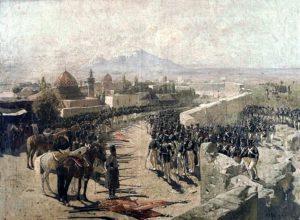
In case of Royal messages, where secrecy was essential, a system of security post was used, where the messenger memorized the message and traveled the distance with a minimum of rest, at times only dismounting to change horses at the stations.
If necessary he would sleep and eat on horseback without stopping or slowing down. The other type of service was the use of pigeons. At a flying distance, Pigeon houses or Kabutar Khaneh were built and pigeons were trained to carry messages between these houses. The message was relayed by pigeons between these houses till it reached the destination.
Women’s Life in Ancient Persia
Any analysis of women’s lives and status in ancient times was a very complicated task and needs time and space. The titles used by the royal women are determined by the relationship between these women and the king. For example, the King’s mother had the highest rank and seems to be the head of the female members of the household.
The next was the Queen who was either the mother of the crown prince or the principal wife followed by the kings’ daughters and sisters. The non-royals and the ordinary workers were mentioned by their rank in the specific workgroup or workshops they were employed.

The rations they received are based on skill and the level of responsibility they assumed in the workplace. The professions are divided by gender and listed according to the amount of ration. Records indicate that some professions were undertaken by both sexes while others were restricted to either male or female workers.
There were male as well as female supervisors at the mixed workshops as evident by the higher rations they have received with little difference in the number of rations between the two sexes. There were also occasions where women listed in the same category as men received fewer rations and vice versa. Female managers had different titles presumably reflecting their level of skill and rank.
Men’s Life in Ancient Persia
The highest-ranking female workers in the texts were called Arashshara or great chief. They appear repeatedly in the texts, were employed at different locations and managed large groups of women children and sometimes men working in their units. They usually receive high rations of wine and grains exceeding all the other workers in the unit including the males.
New mothers and pregnant women received higher rations and sons were clearly preferred over daughters. If they delivered boys both the mother and the nurse or the physician received higher rations.
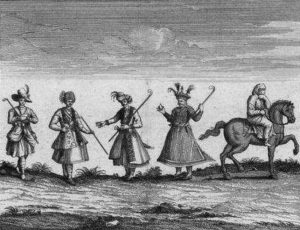
The extra payments were given out for one month only. Consistently mothers of boys received twice the amount compared to mothers of baby girls.
There is no evidence of infanticide for girls as the number of births of male children only slightly exceeds the number of girls born. Other prominent female managers are also mentioned with relatively large workforces at several locations. The texts demonstrate that these work units headed by female managers were found throughout the regions covered by the archives.
Ancient Persian Family Life
Families were patriarchal, polygamy and concubines existed; marriage with close relatives even brothers and sisters was practiced. Such marriages normally occur when matrilineal inheritance is an issue. In such systems, daughters receive a large inheritance and since dowries should also be paid one practical solution for keeping the wealth in the family is to marry close relatives.
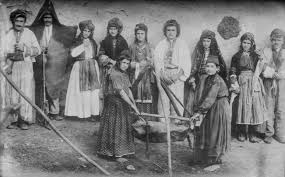
Mixed marriages amongst Persian and non-Persians also existed but. The royal children were often used in marriages to create alliances between different groups and even nations. There is information as to the existence of divorce, however, there are no details pertaining to the same. Amestris was the niece of Darius is mentioned several times in the texts.
Ancient Persian Women’s Rights
She was married to a man called Craterus but was soon abandoned by him and after her divorce was remarried to Dionysius, a local ruler. They produced three children and after her husbands’ death in 306 BC she acted as regent. She reigned as queen for a while but was finally murdered by her sons.
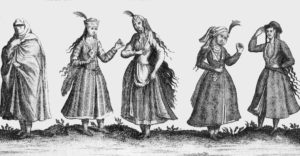
Some of such documents so found in Babylonia showed that women-owned properties, which they could sell or lease. After the death of her husband, the widowed wife inherited from the deceased even if she did not have children.
A woman could not act as a witness in the drawing up of contracts, but she could act as a contracting party and have her own seal. If there were children from two wives, the children of the first wife inherited two thirds and the others one third only. If a woman died childlessly, the dowry was returned to the house of her father.